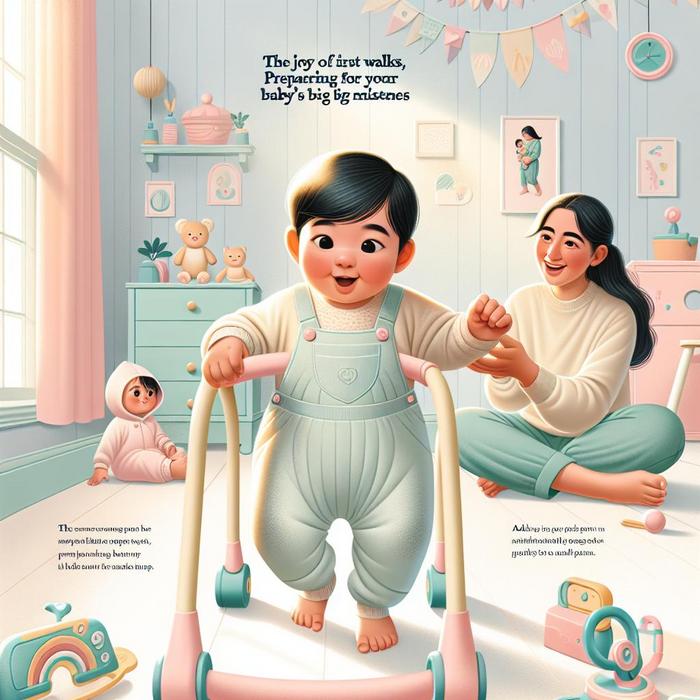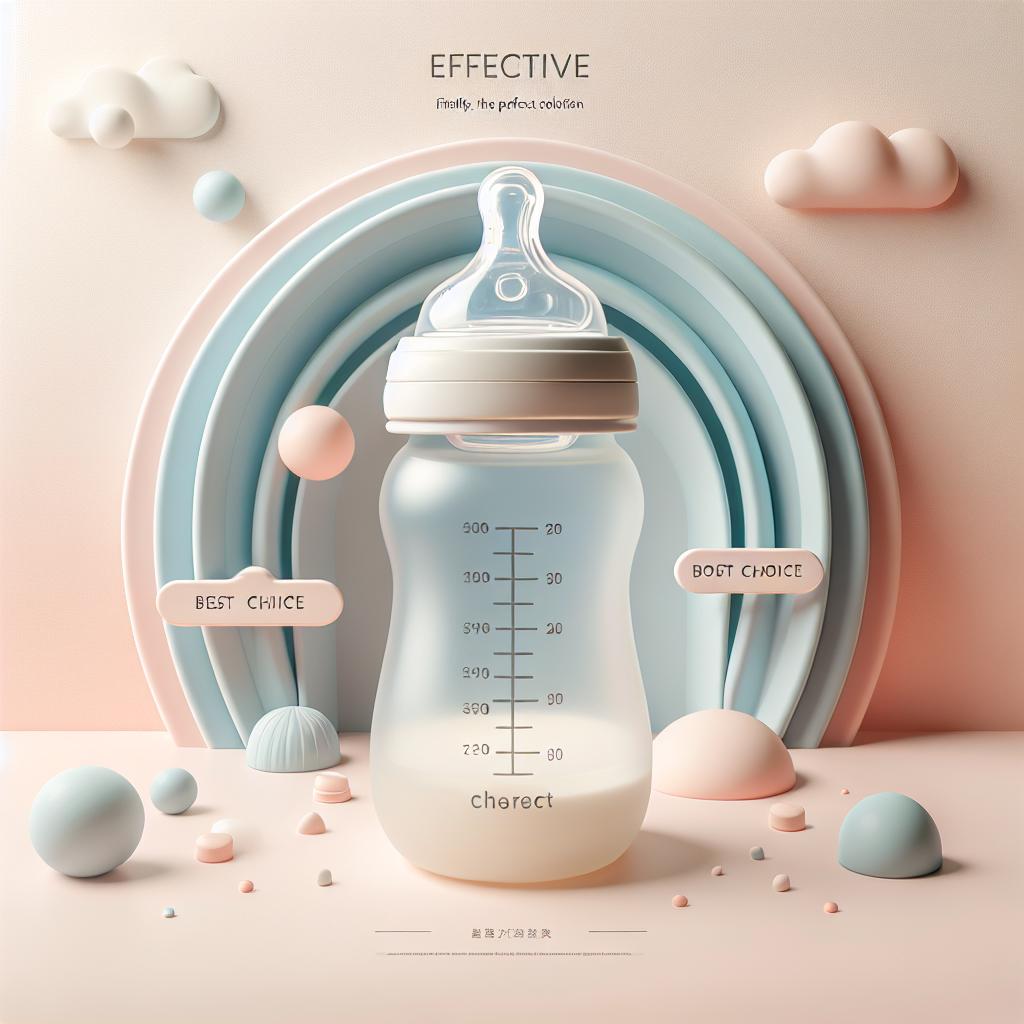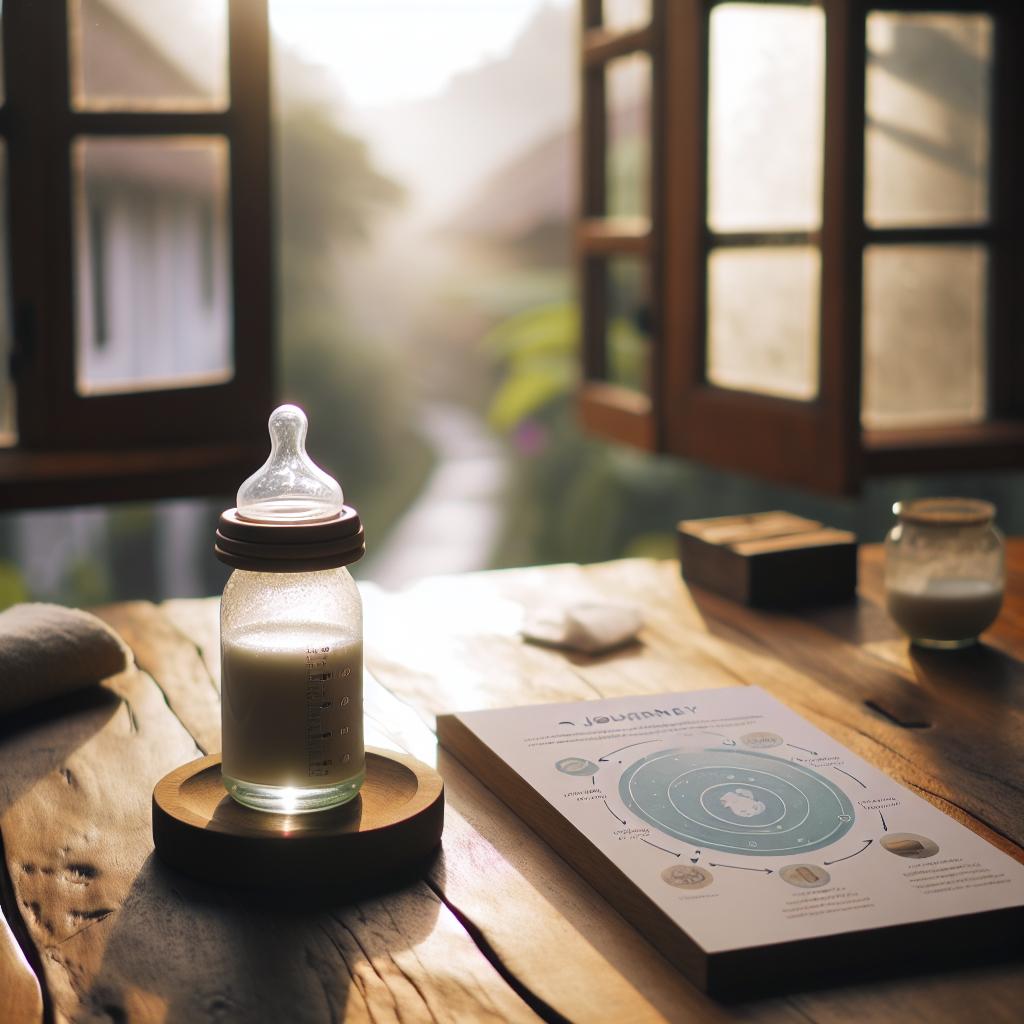The Joy of First Walks: Preparing for Your Baby’s Big Milestones
The Fascinating Journey of Baby Milestones
As parents, we all eagerly anticipate our baby’s first walk. Every little step they take marks a significant leap in their growth and development. However, remember that each baby grows at their own pace and this beautiful journey of baby milestones is unique.
Understanding Your Baby’s Development: More than Just First Walk
While the first walk is a major landmark, there are many other significant steps before and after it. As your baby grows, he or she develops a variety of skills, from rolling over, sitting up, to crawling. Each of these milestones contributes to the overall development. Let us explore some of these crucial milestones in detail:
- Sitting up: This usually occurs between 4-7 months. Sitting up independently is a significant indicator of physical and motor skills development.
- Crawling: Most babies learn to crawl between 7-10 months. This marks the beginning of their mobility, paving the way for walking.
- First Tooth: Teething typically begins around 6 months and is a significant milestone in your baby’s development.
- First Words: Between 9-14 months, your baby might start babbling and eventually say “mama” or “dada”.
It’s crucial to remember that these timelines are approximate. Every child develops at their own pace. Some babies might skip certain milestones like crawling and directly start walking. It’s all part of their unique journey. For a more accurate view on baby developmental milestones, you can visit March of Dimes or the CDC’s developmental milestones page.
Detecting the Signs of First Walk
Walking is a massive turning point in your baby’s life. It’s usually preceded by several signs that indicate your baby is getting ready for their first steps. They might start pulling themselves up with the help of furniture or suddenly show an interest in standing. These are hints that your baby might soon hit the much-awaited first walk milestone. However, don’t rush things; let them progress at their own pace.
Preparing for Your Baby’s First Walk
The joy of witnessing your baby’s first walk is unparalleled. But, before that exciting moment arrives, it’s essential to prepare yourself and your home. Baby-proofing the house is crucial at this stage. Make sure sharp-edged furniture is padded and electrical sockets are securely covered. An unsafe environment can turn an otherwise joyous occasion sour.
Apart from that, support your baby’s development with baby classes and stimulation. Incorporating responsive feeding techniques, as suggested in this article, can also boost their growth.
Preparing for your baby’s big milestones is an incredible journey filled with love, excitement, and a dash of nervous anticipation. Keep yourself informed and make sure to enjoy each moment, from the first tooth to the first walk. These moments are fleeting, but the memories last forever.
Responding to Your Baby’s First Walk
As parents, our initial reaction is often to rush to our cameras the moment we see our baby attempting to stand or walk. While that’s perfectly understandable, it’s also vital that you stay close to your baby, ready to catch them when they stumble. Approaching that first step with a sense of calm reassurance can make the experience less daunting for your little one. Celebrate this baby milestone by allowing your baby to explore this new found mobility whilst reminding them that they can always return to your loving arms whenever they feel uncertain.
Encouraging Your Baby to Walk
Although all babies are naturally drawn to any attempts at mobility, your active involvement in encouraging your baby to walk can quicken the process. Using toys or snacks as incentives, you can gently coax your baby towards taking those first few steps. Moreover, the use of baby walkers or push toys can also help in promoting coordination and balance. But remember, for each baby, their journey from crawling to walking is unique, treat it as such.
Understanding Baby Walking Styles
As your baby begins to walk, you may notice they do not yet have a set style. Some babies may start with a wider stance for stability, while others may tend to walk on their toes. These styles reflect the way your baby is exploring and adjusting to their new form of mobility. Eventually, with practice, they will adopt the typically ‘adult’ walking style. Refer to Michigan’s MiKidsMatter Guide for a comprehensive understanding of this transition.
Shoes for Your Baby
One common concern for parents around this time is whether they should buy shoes for their walking baby. Leading pediatricians suggest that for the first few steps, your baby might be better off barefoot. Shoes can potentially interfere with your baby’s natural grip and can limit the development of foot and leg muscles. However, for environmental protection, soft-soled, flexible shoes are recommended.
Graduating from First Steps to Confident Walking
Finally, after your baby masters those first steps, it’s only a matter of time before they start exploring their environment like a seasoned explorer. This transition from first steps to confident walking will involve a lot of tripping and falling. It’s essential to remember that these are all natural and necessary parts of development. For further understanding on this part of the journey, you can refer to WebMD’s guide on baby development stages.
It’s a whirlwind of emotion when your tiny bundle of joy takes their first steps. This journey is indeed unique for every child and every parent. This is just one major event among the many milestones your baby will reach — and you’ll be there, watching with amazement and pride every time.







